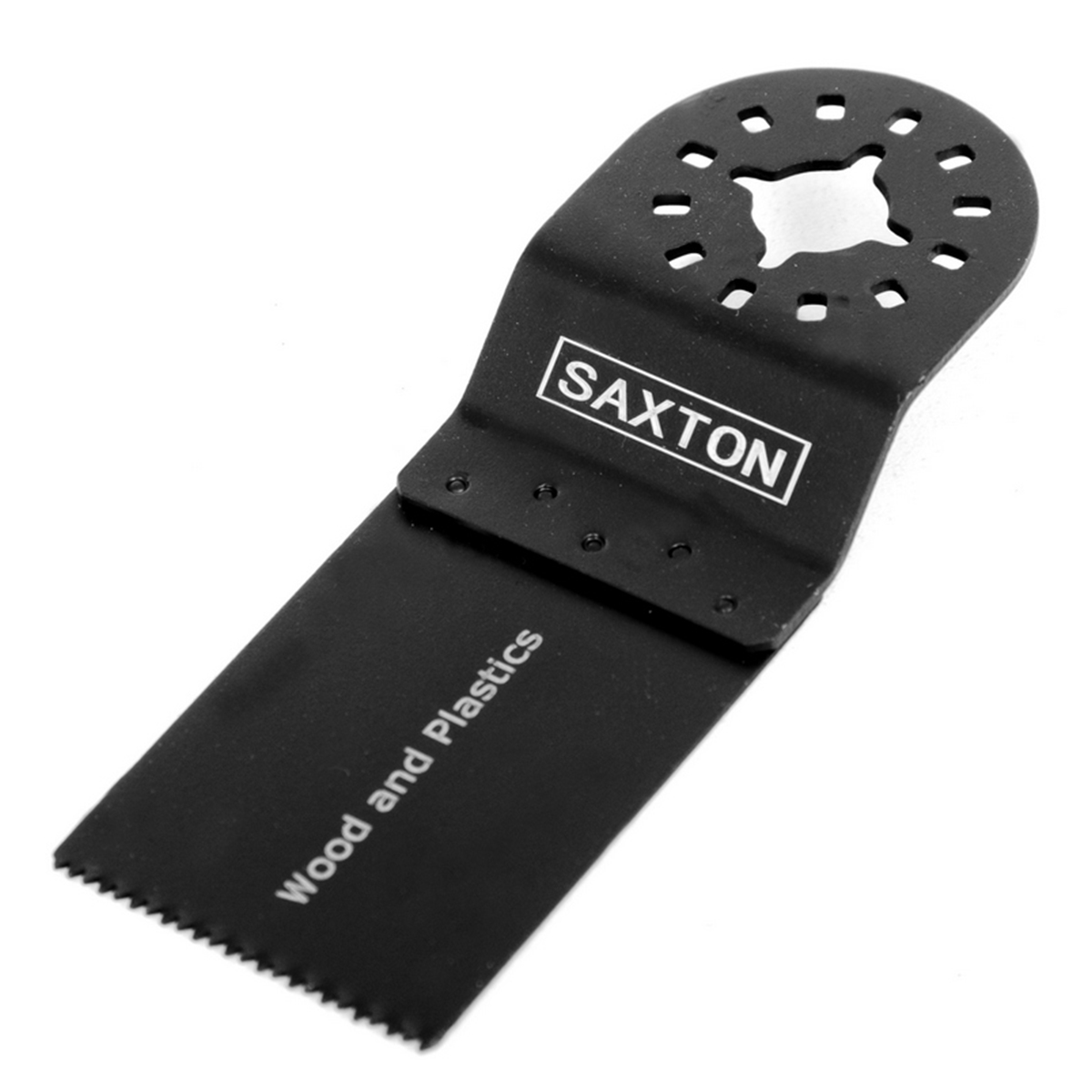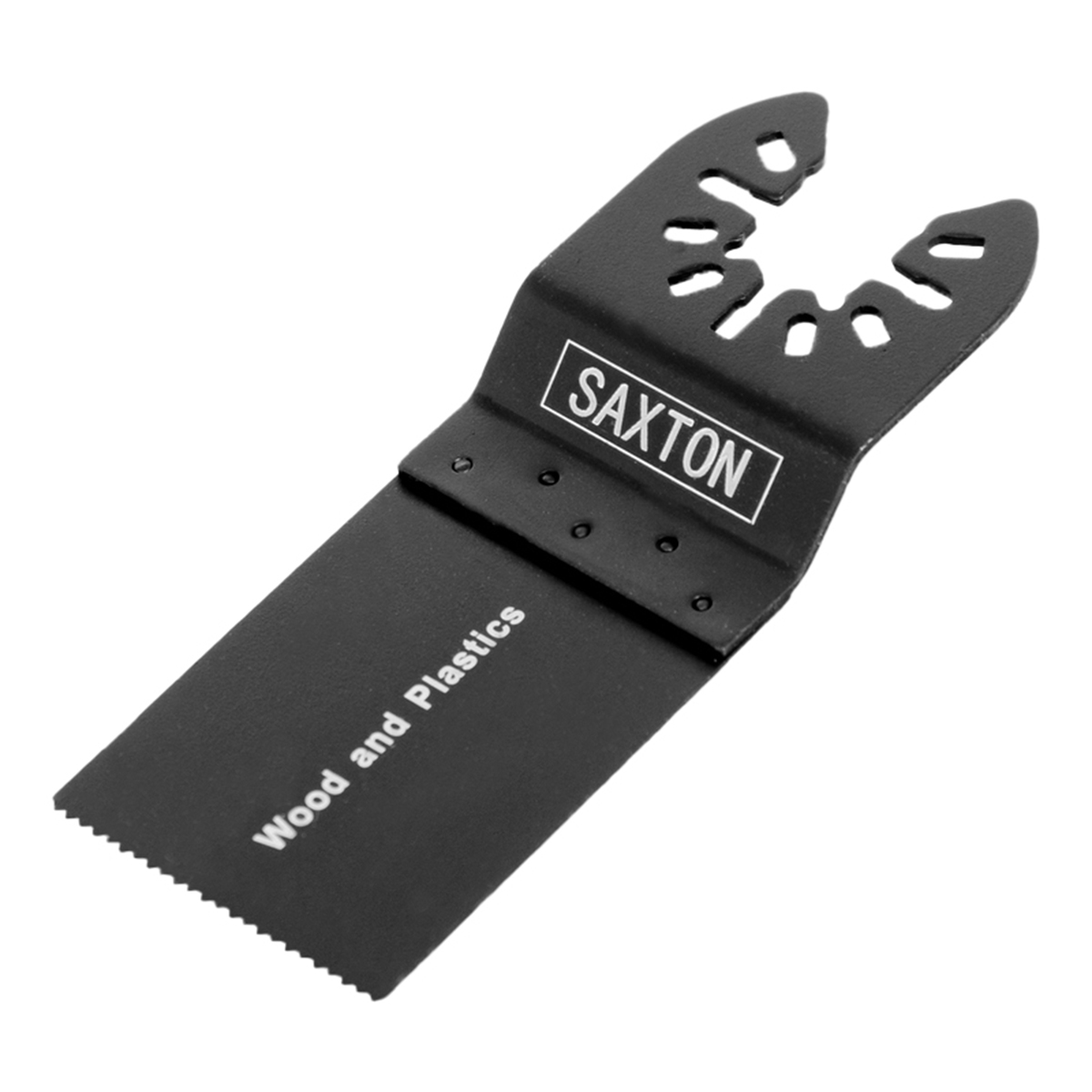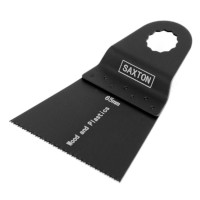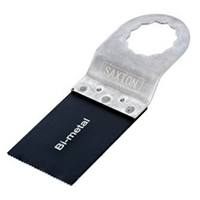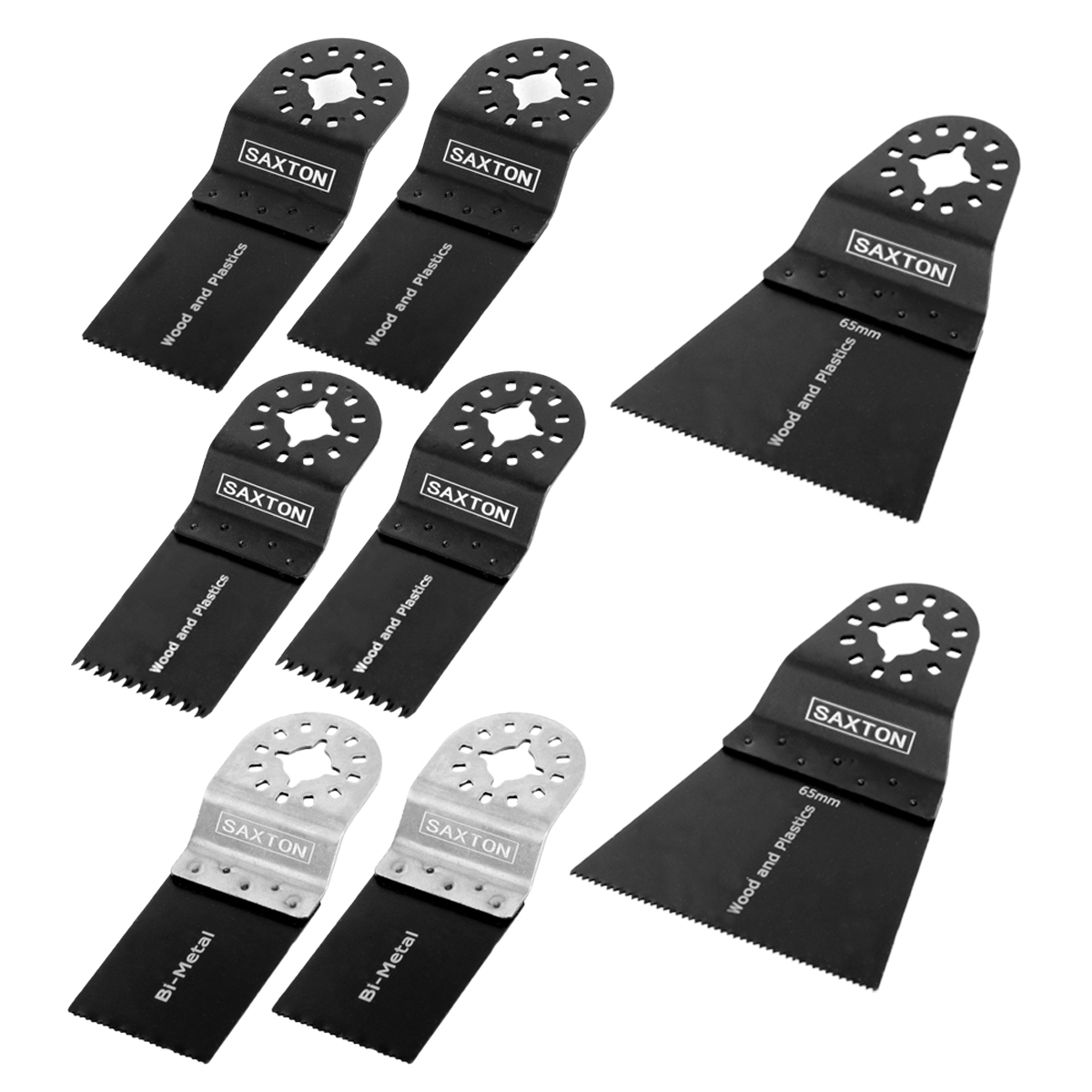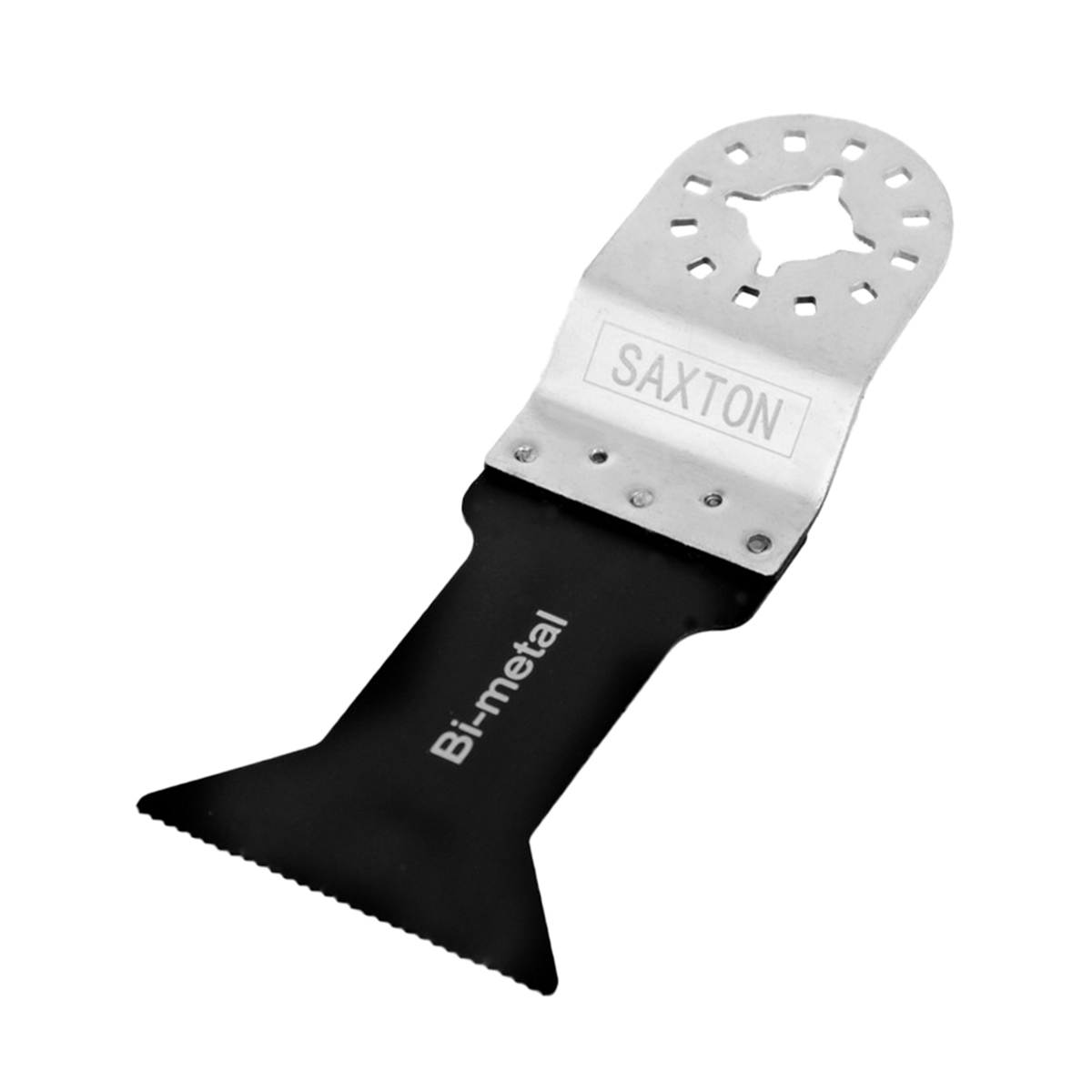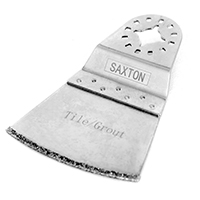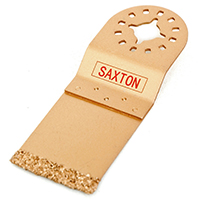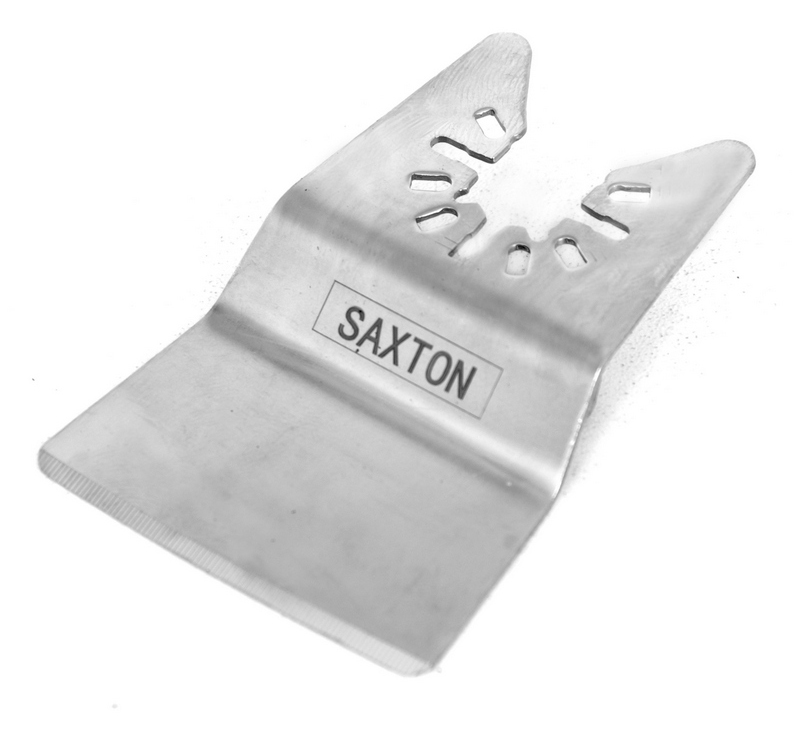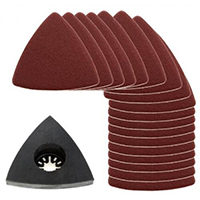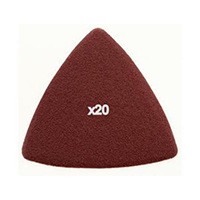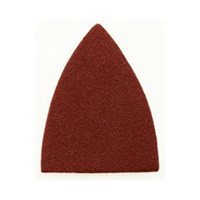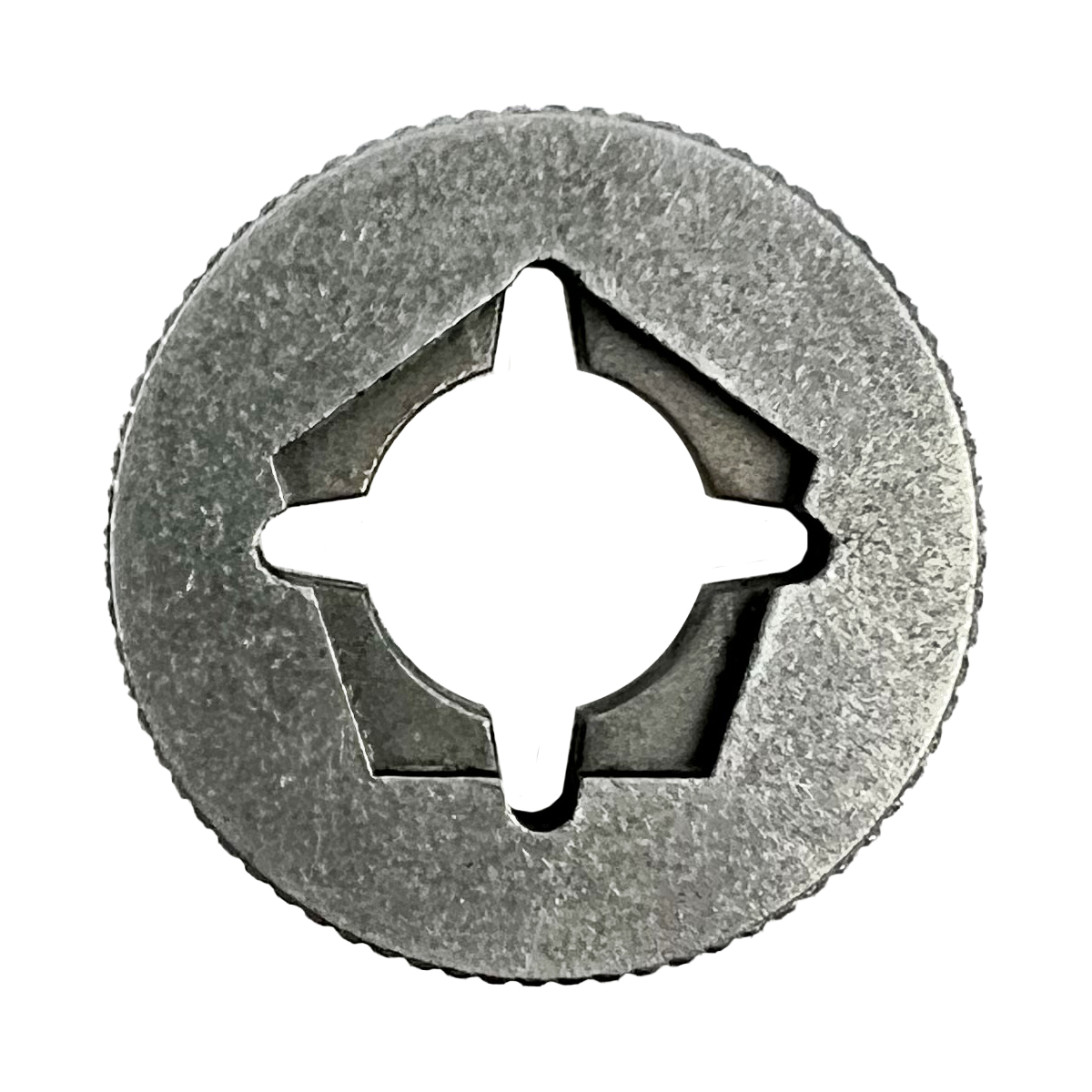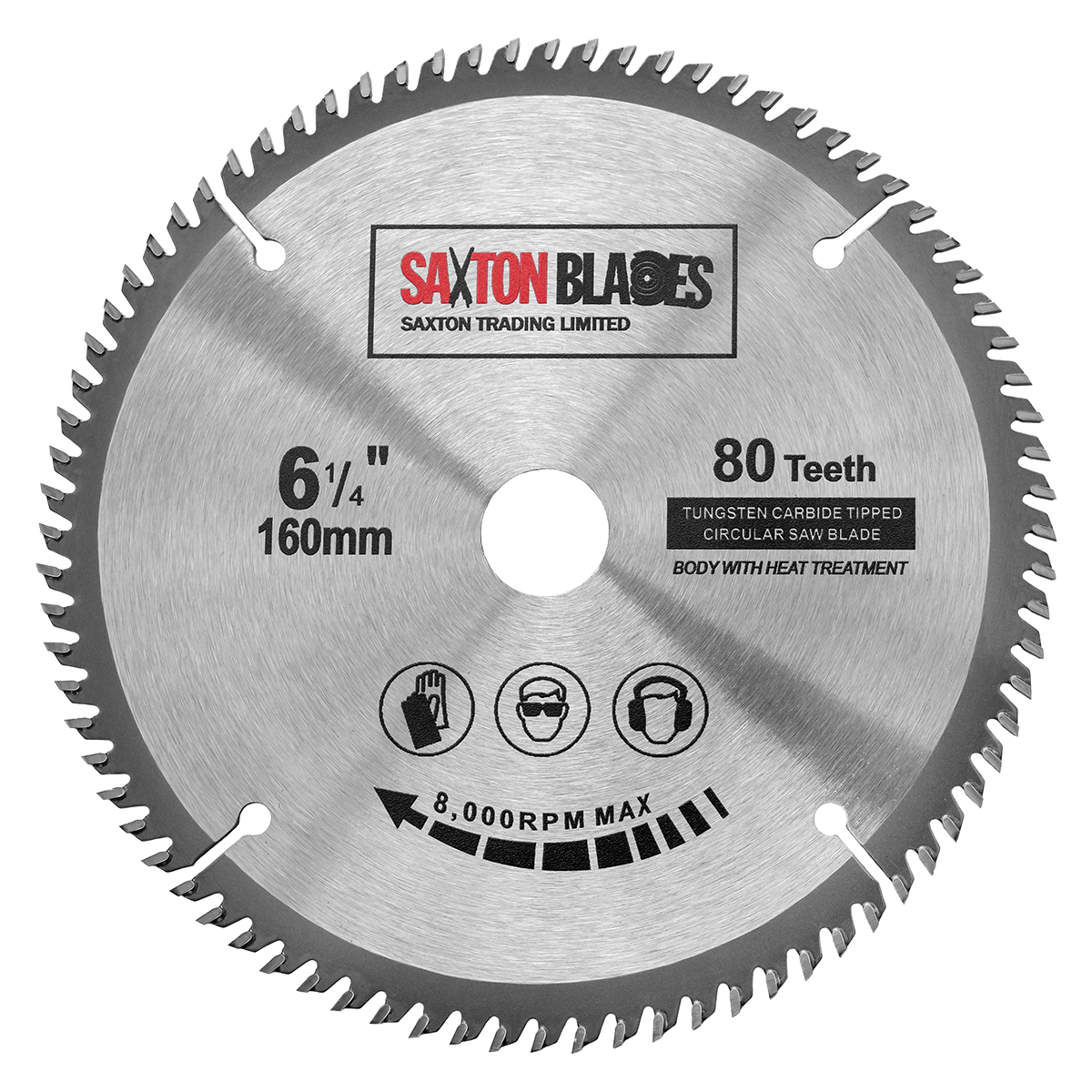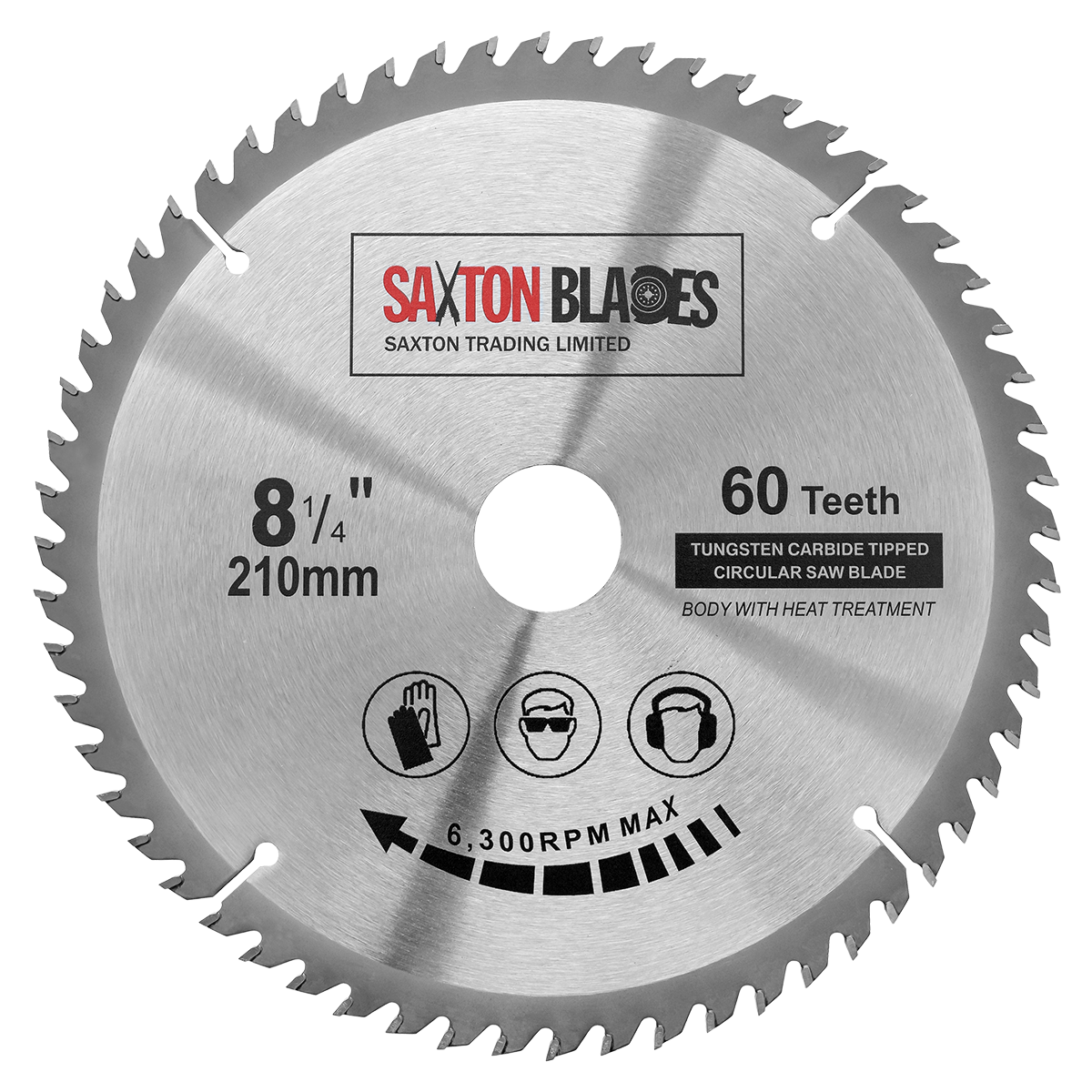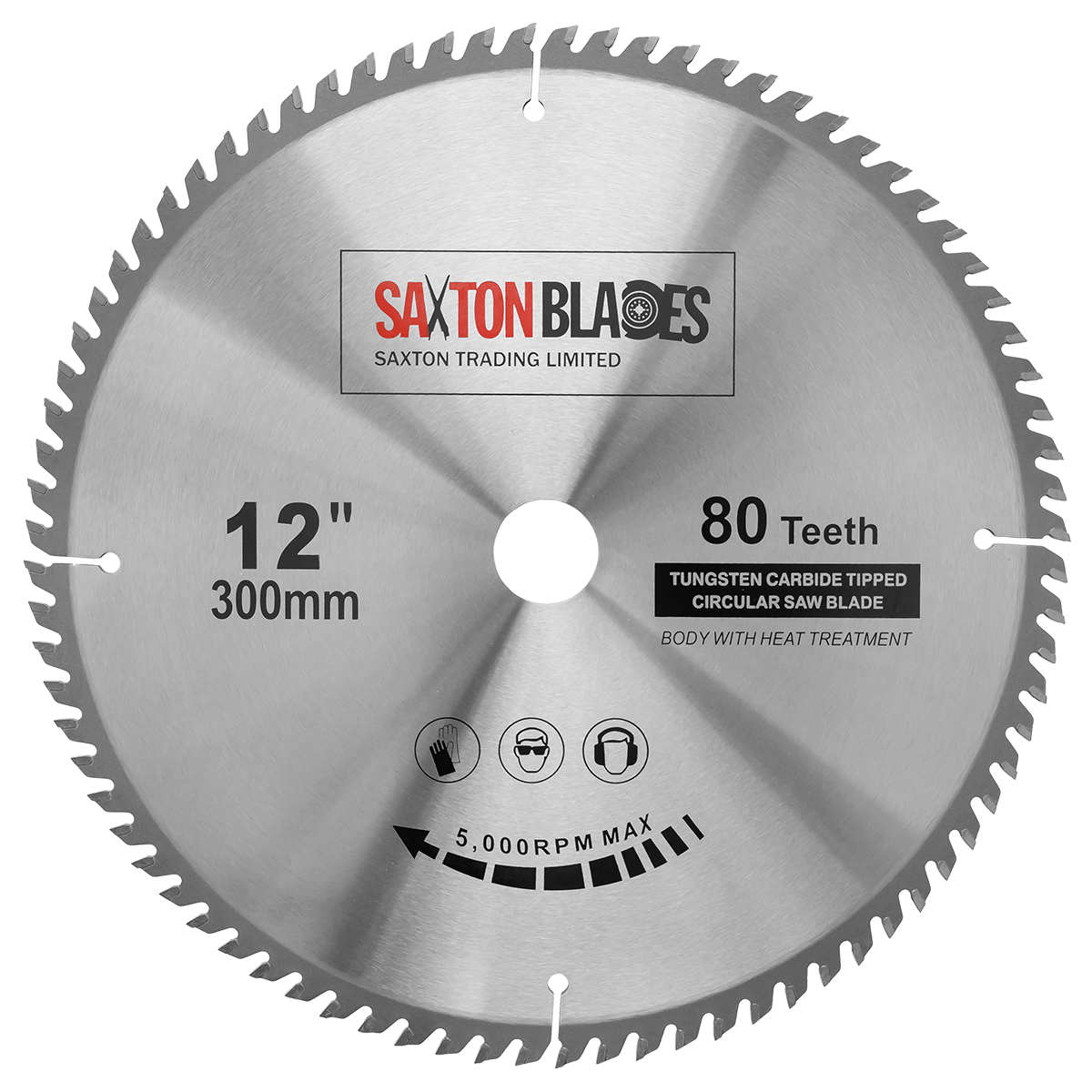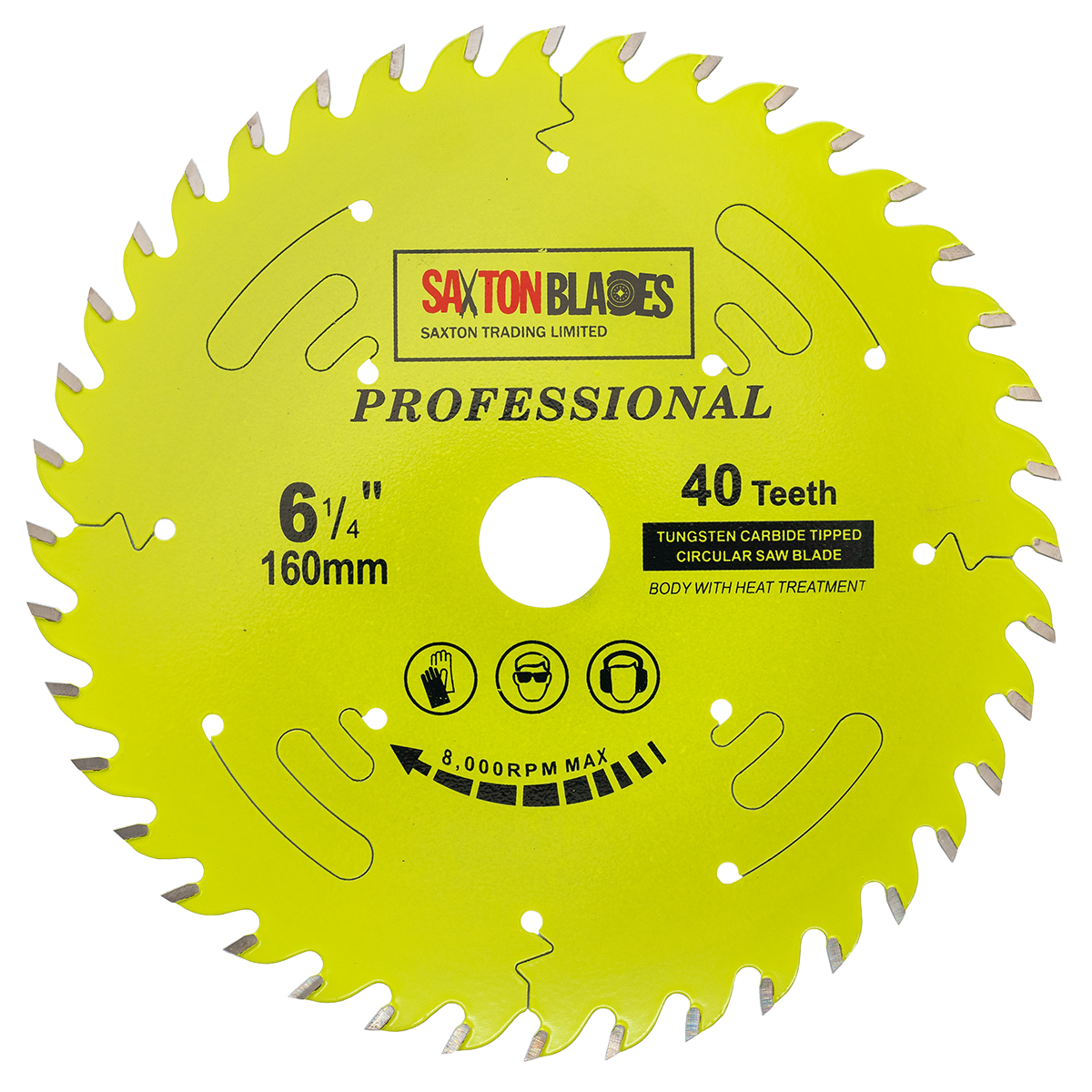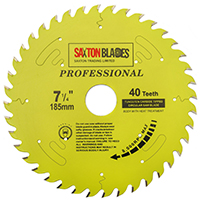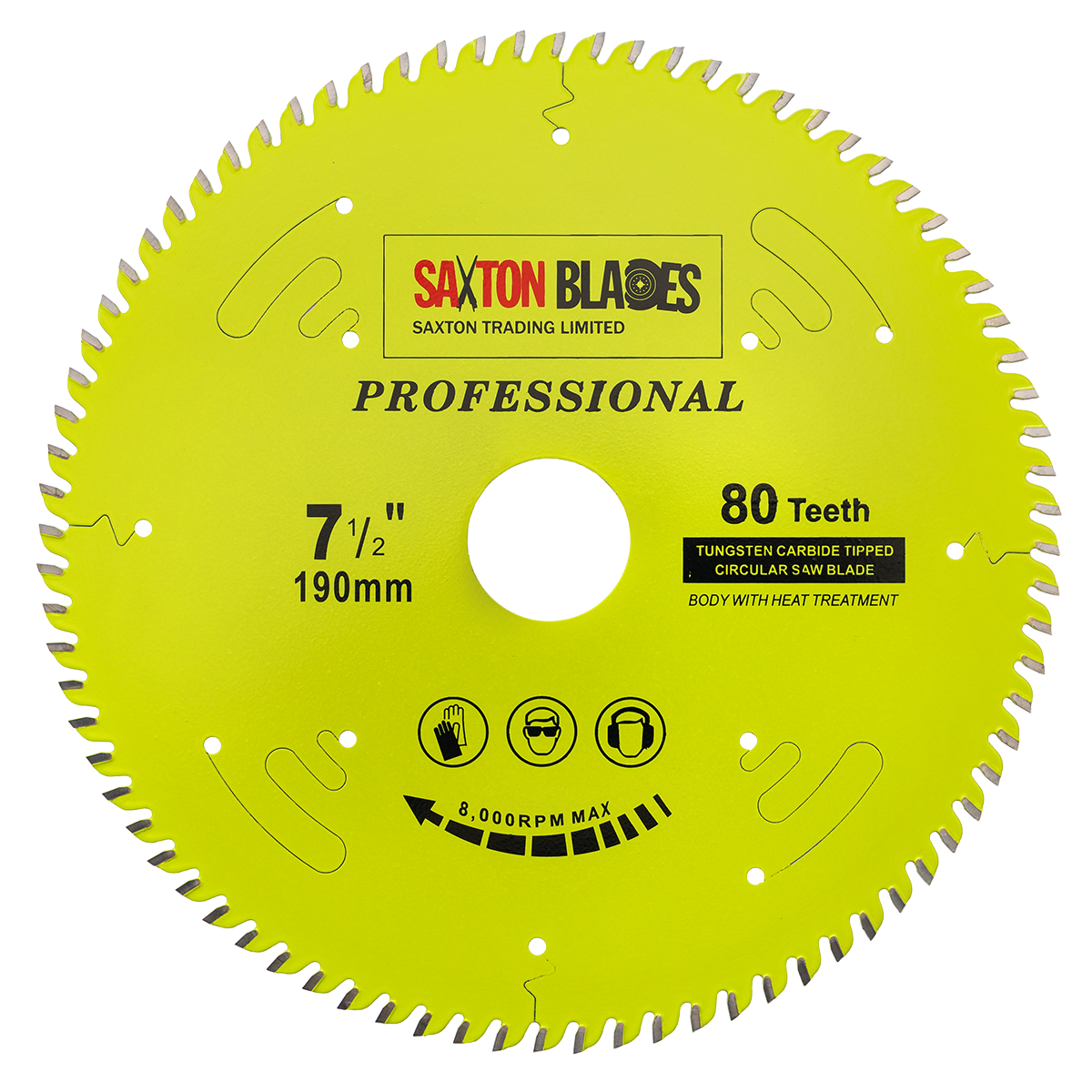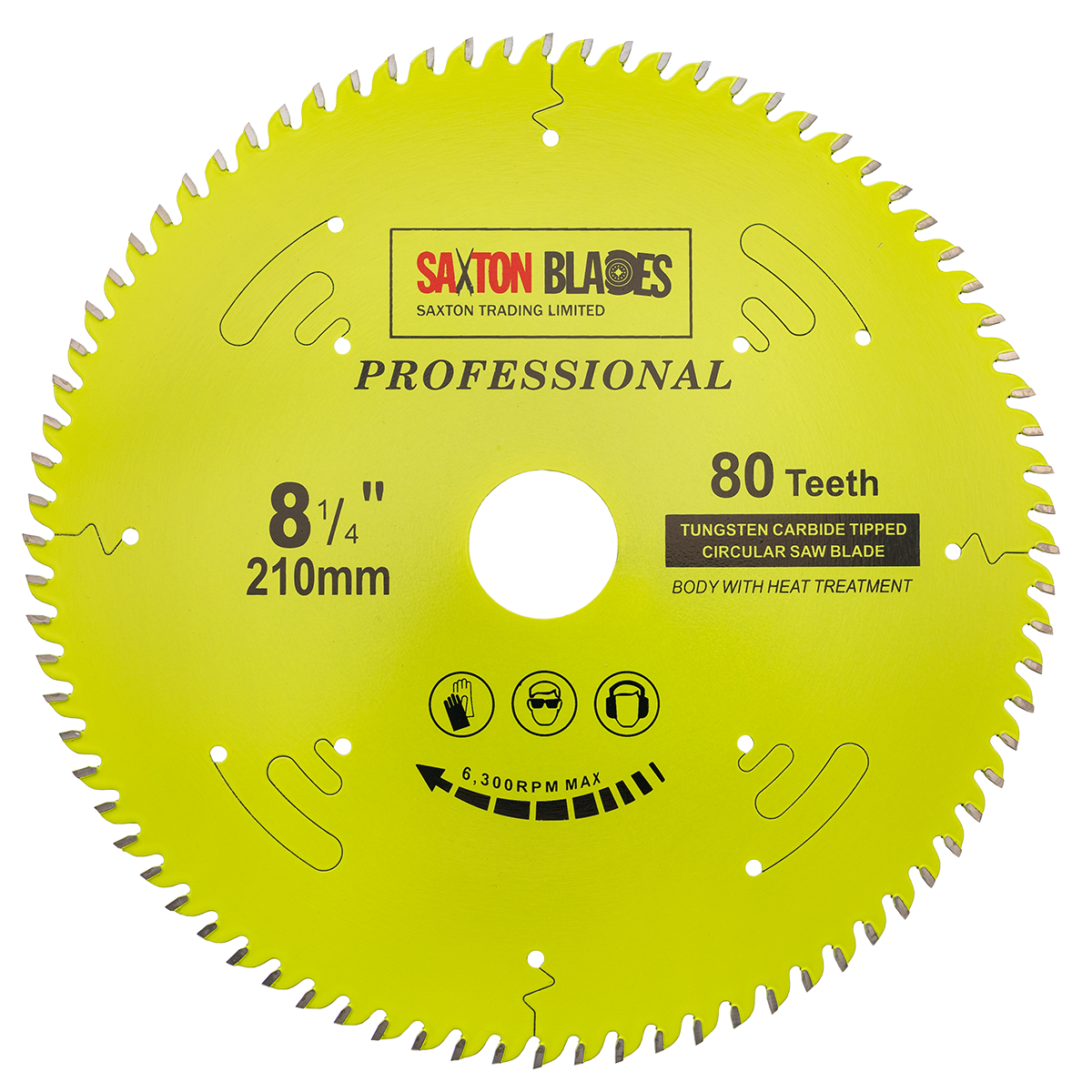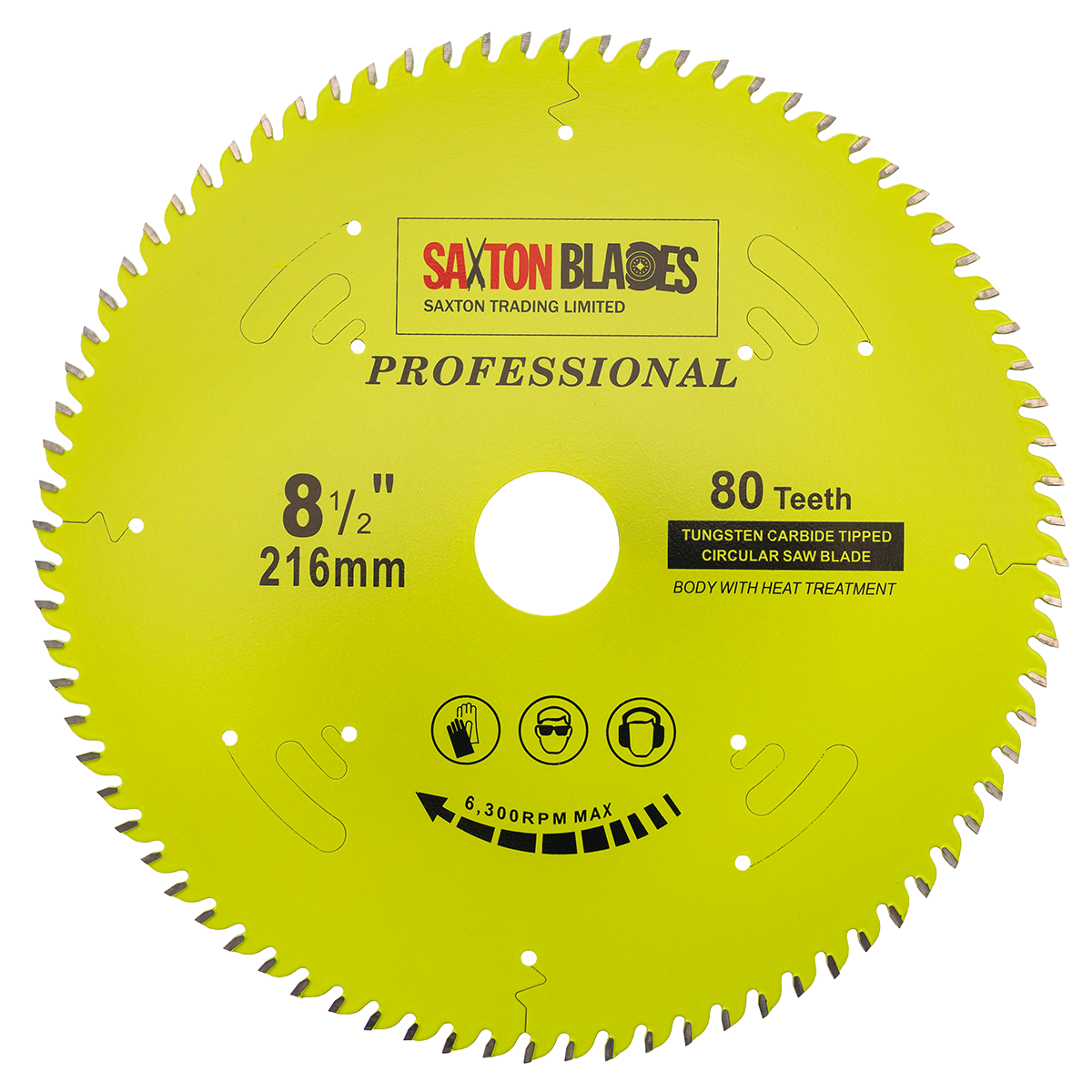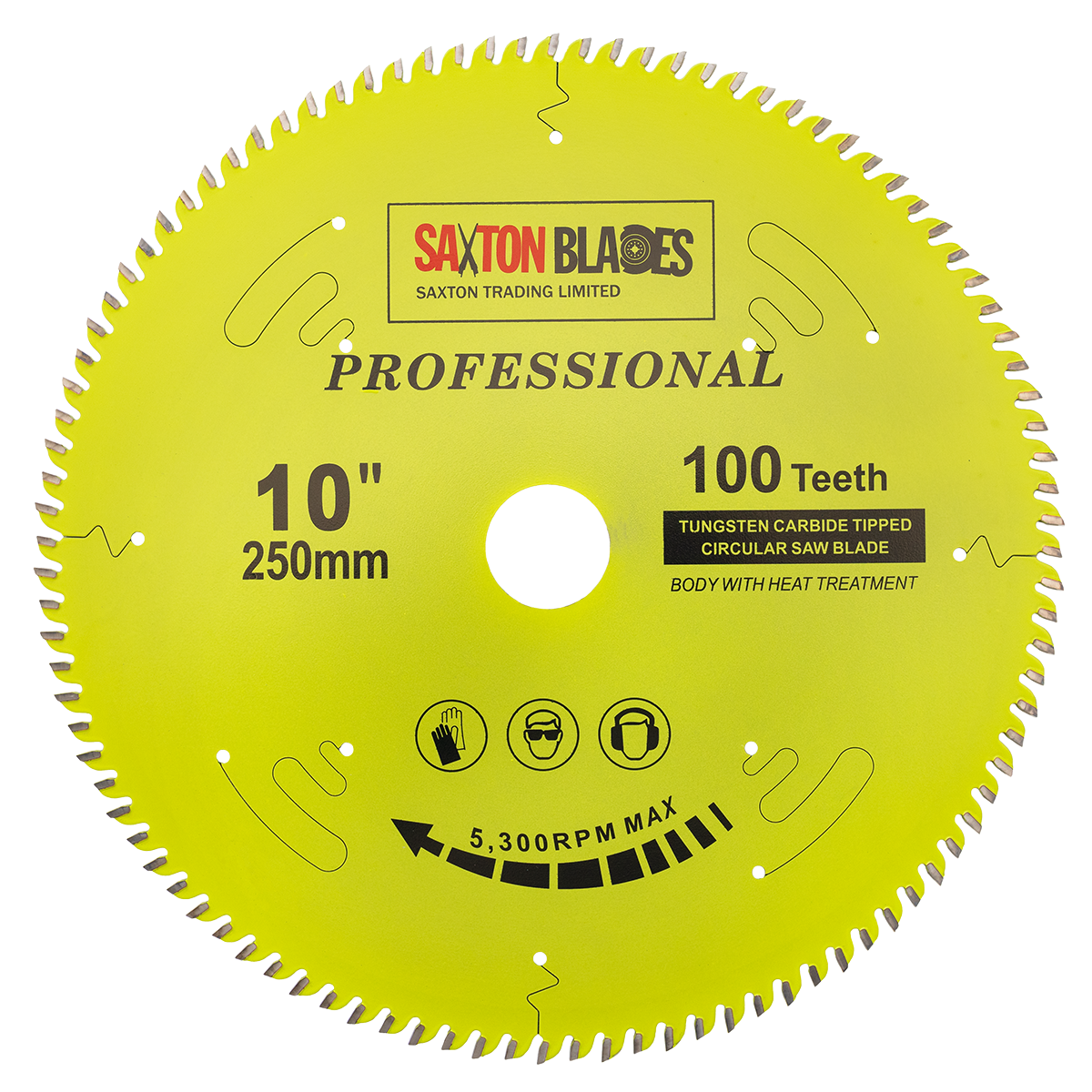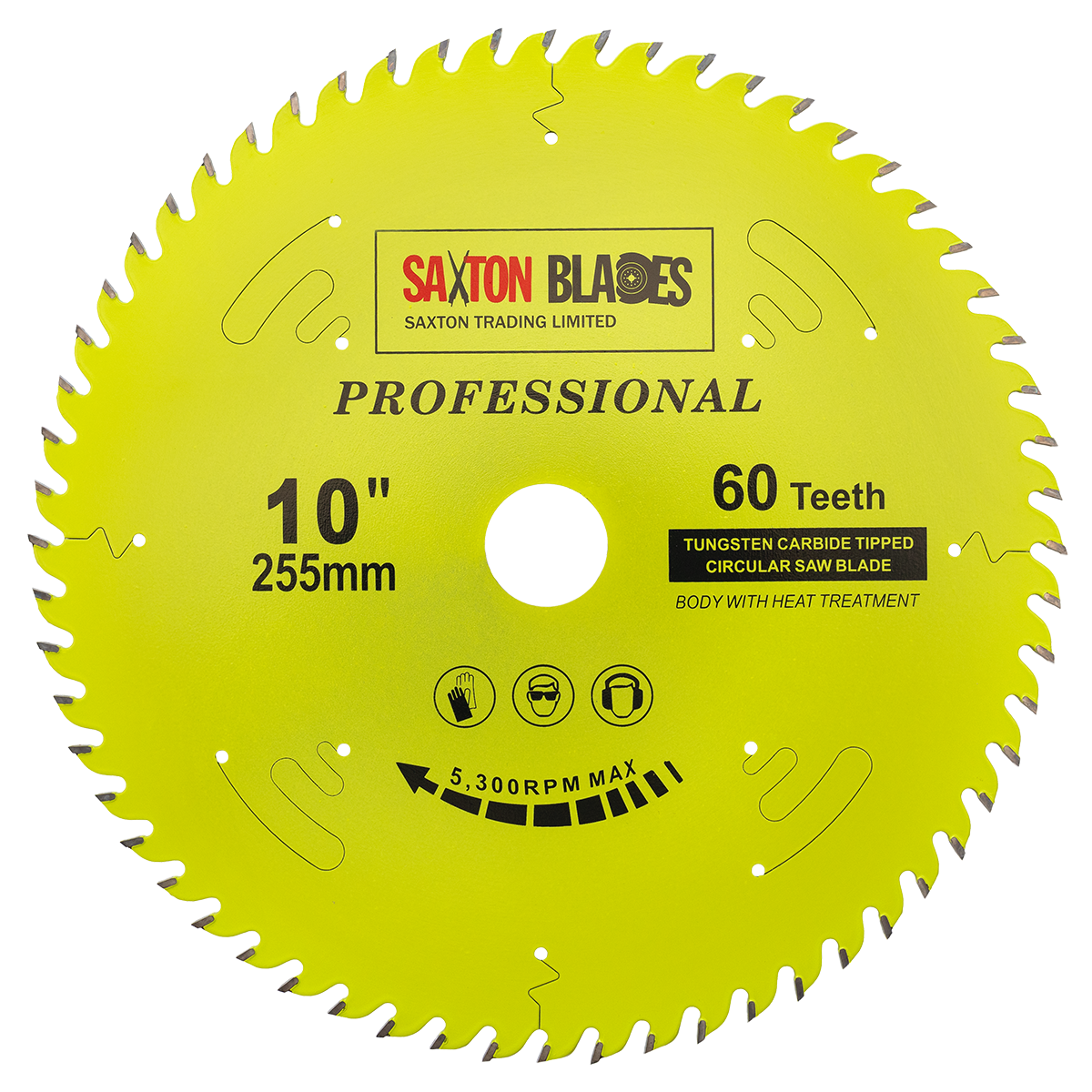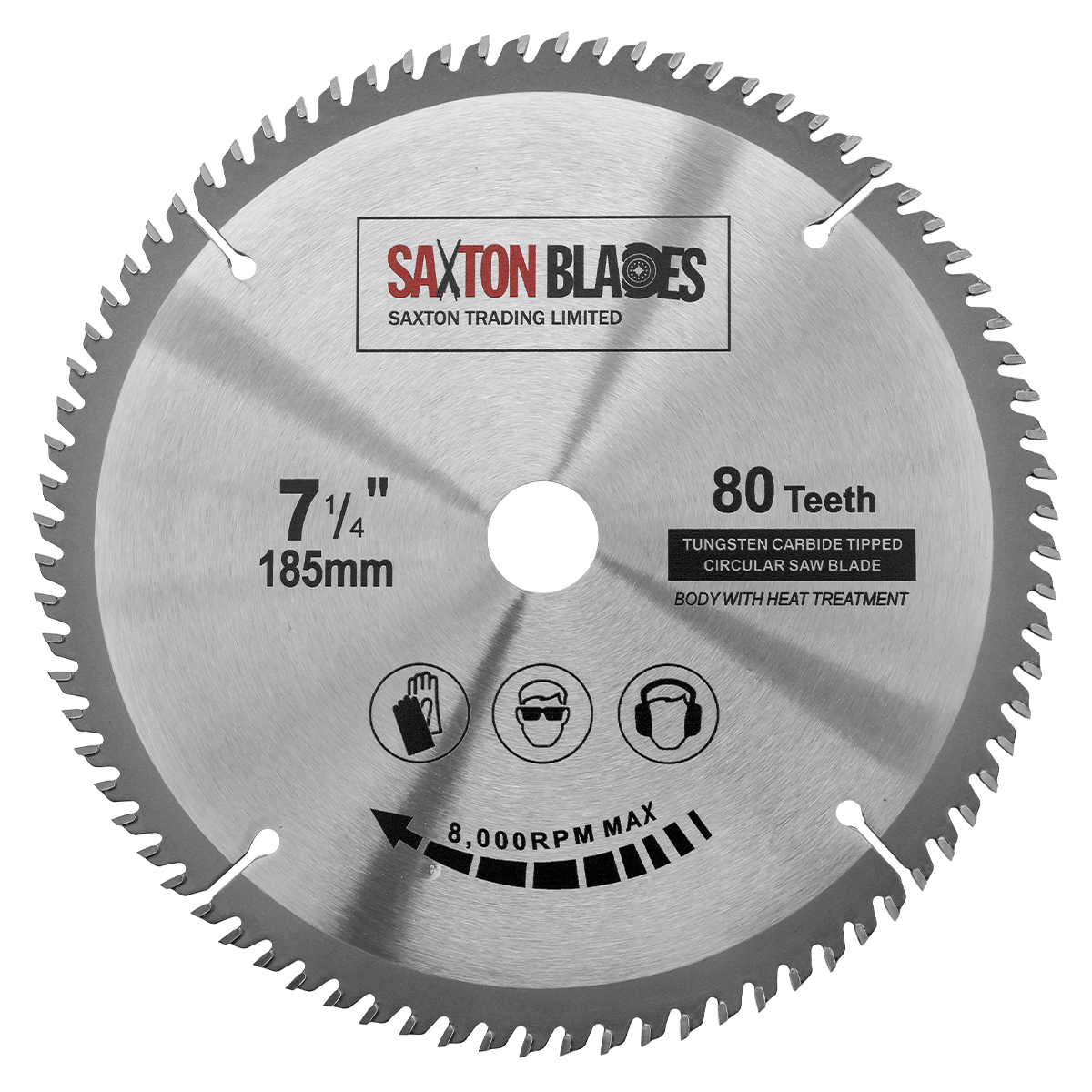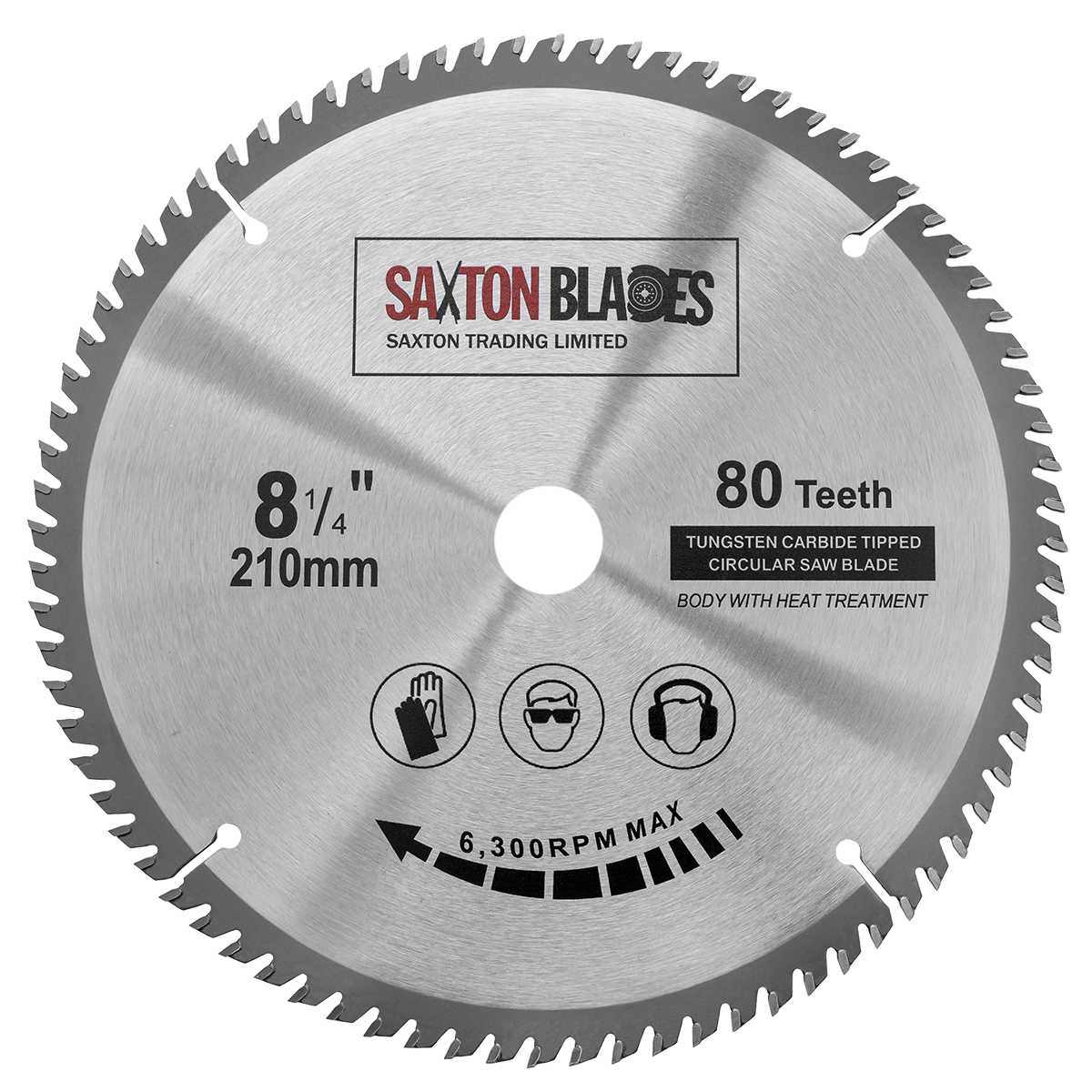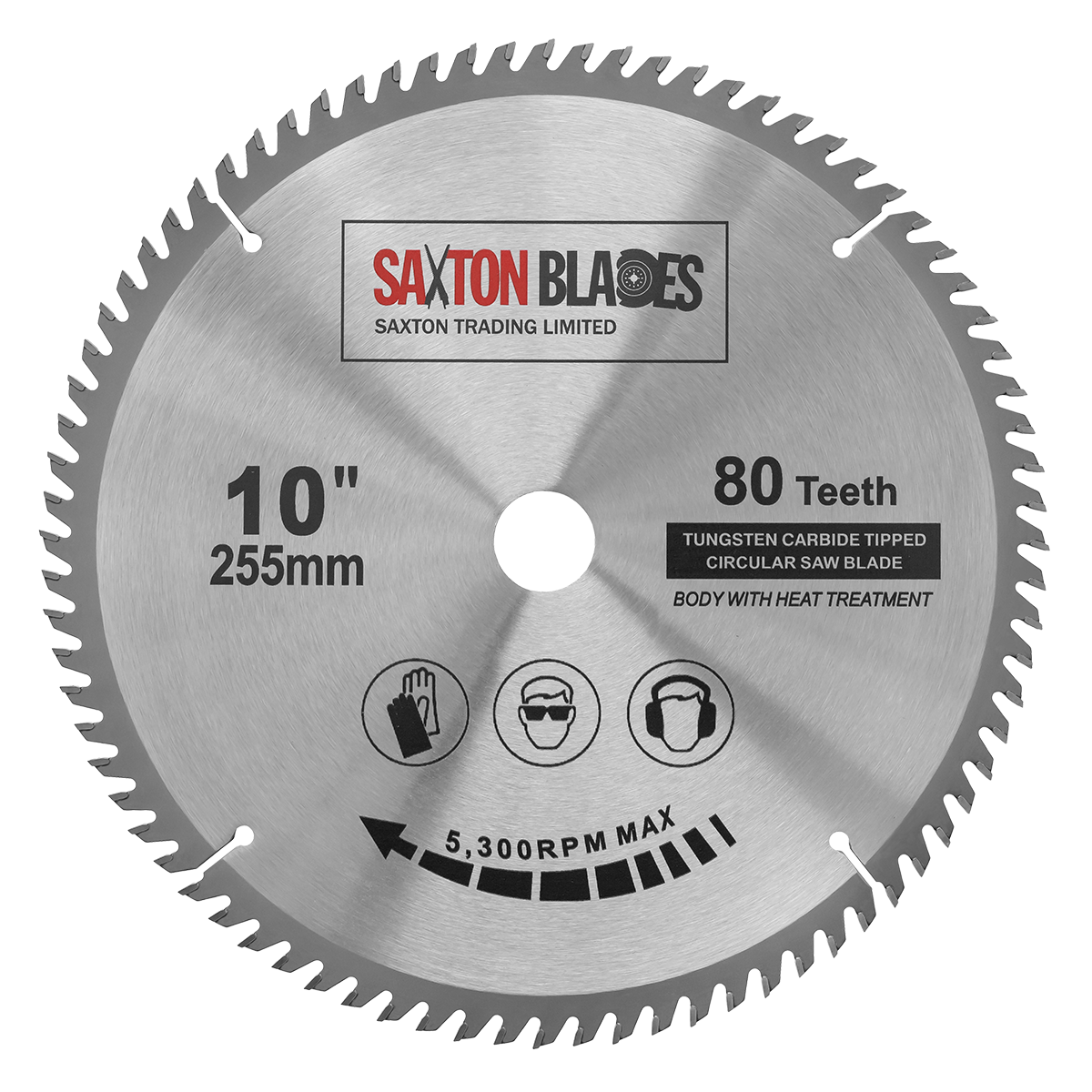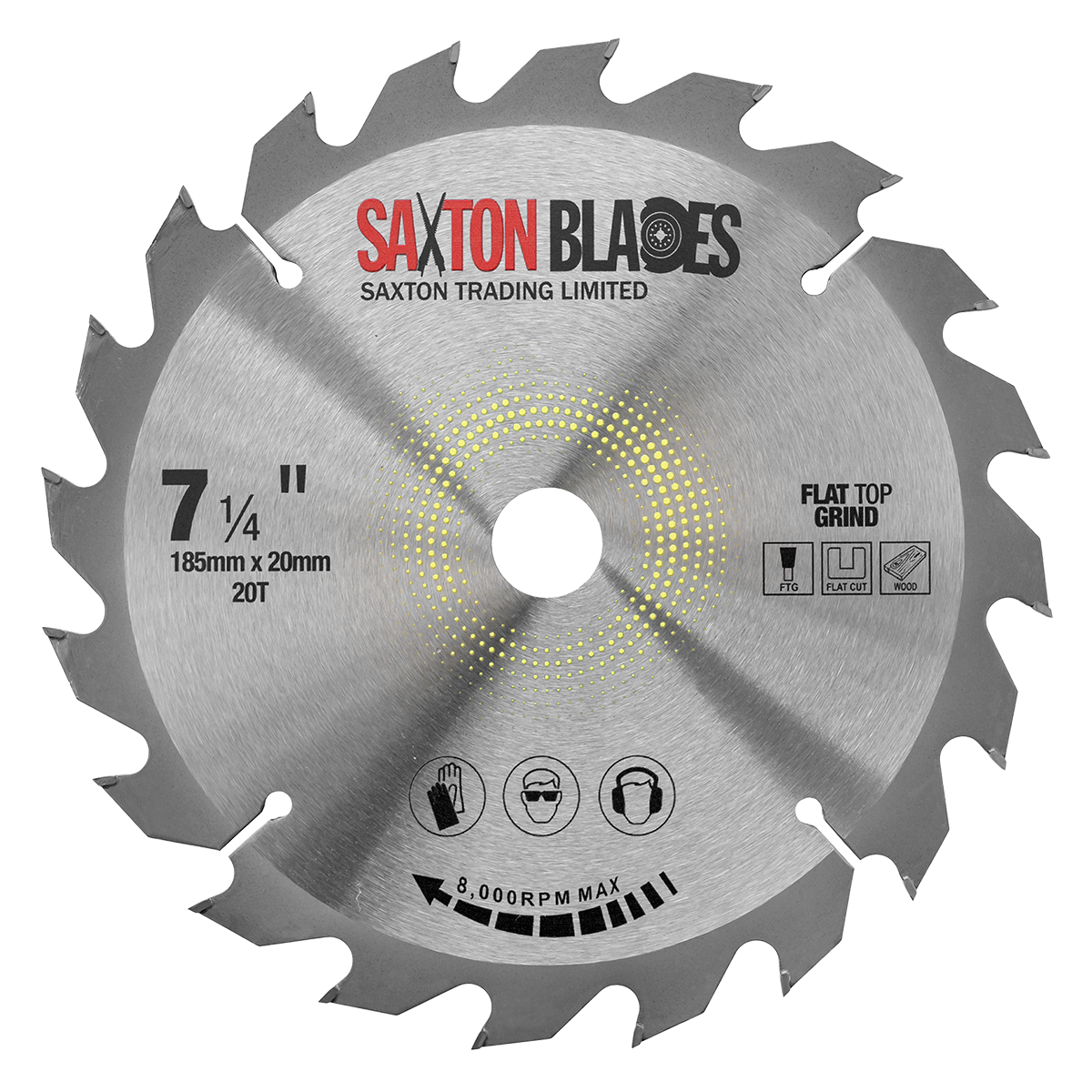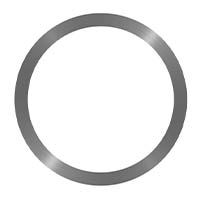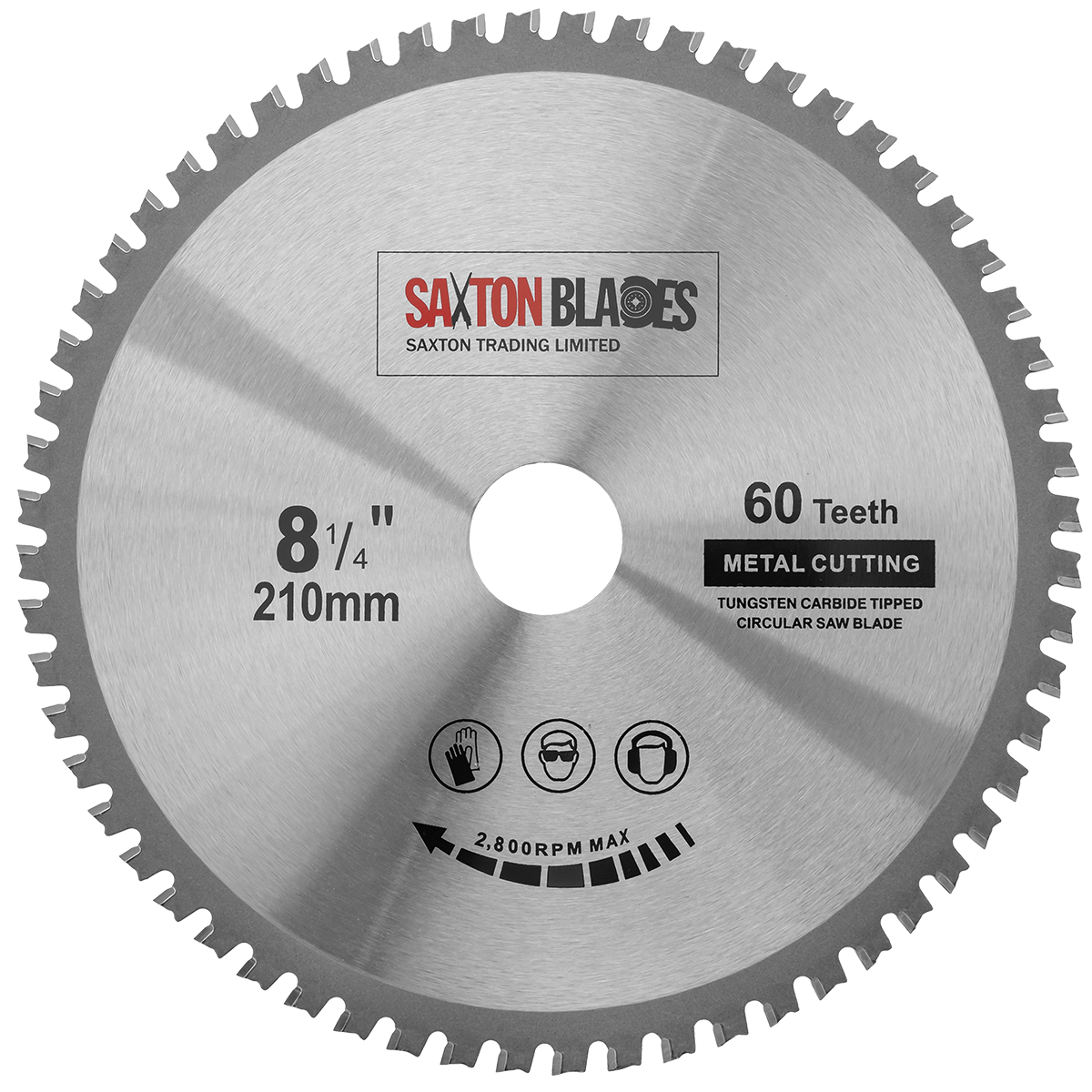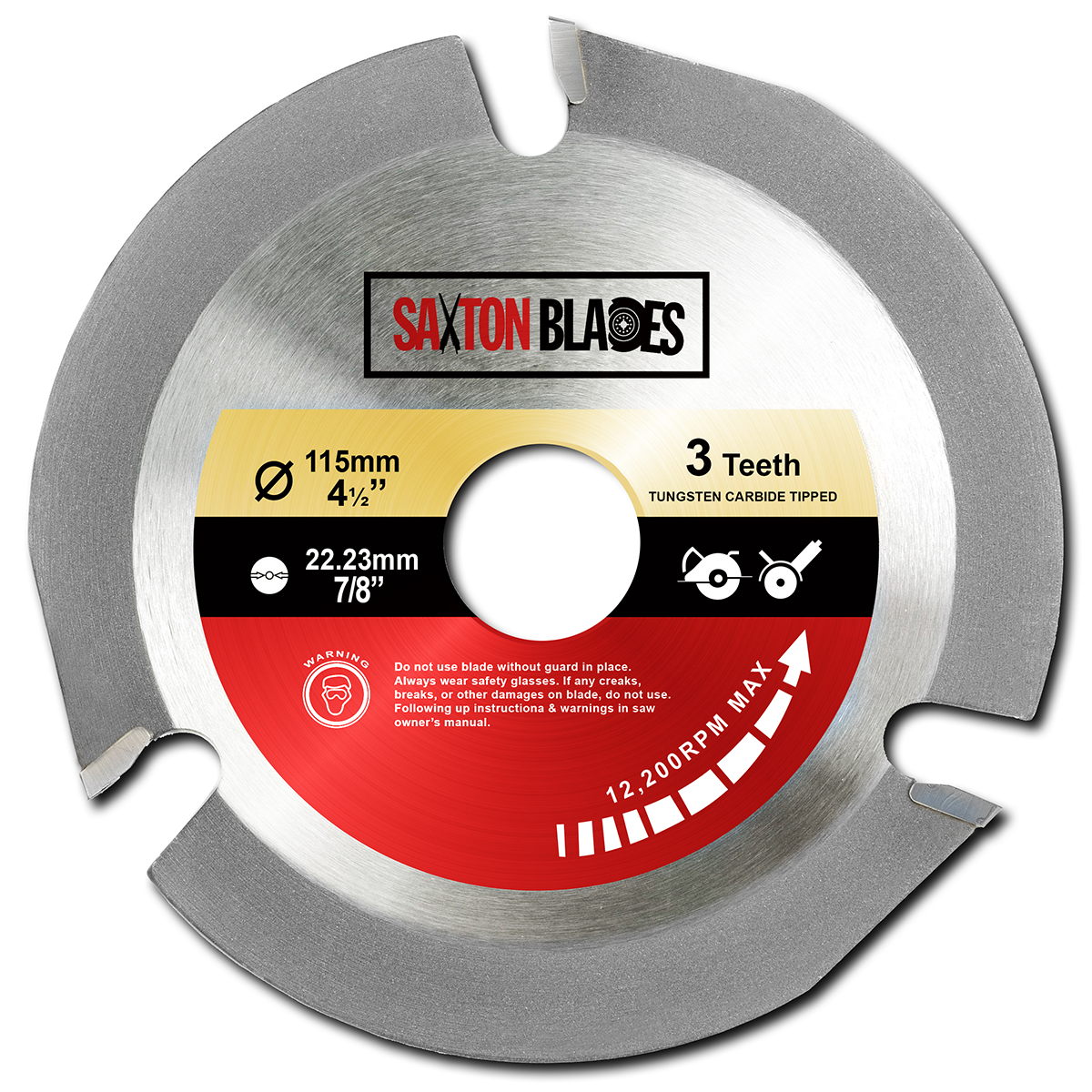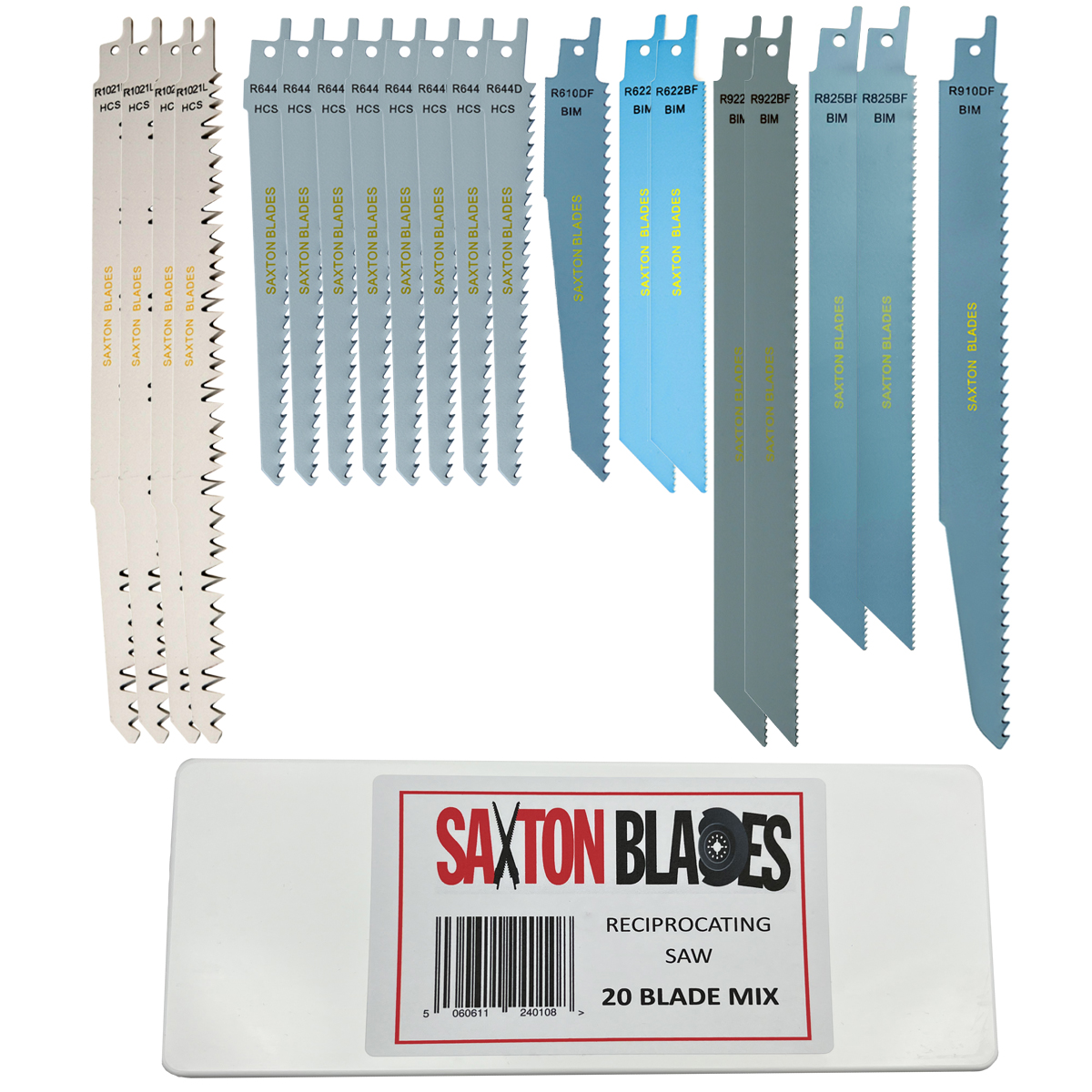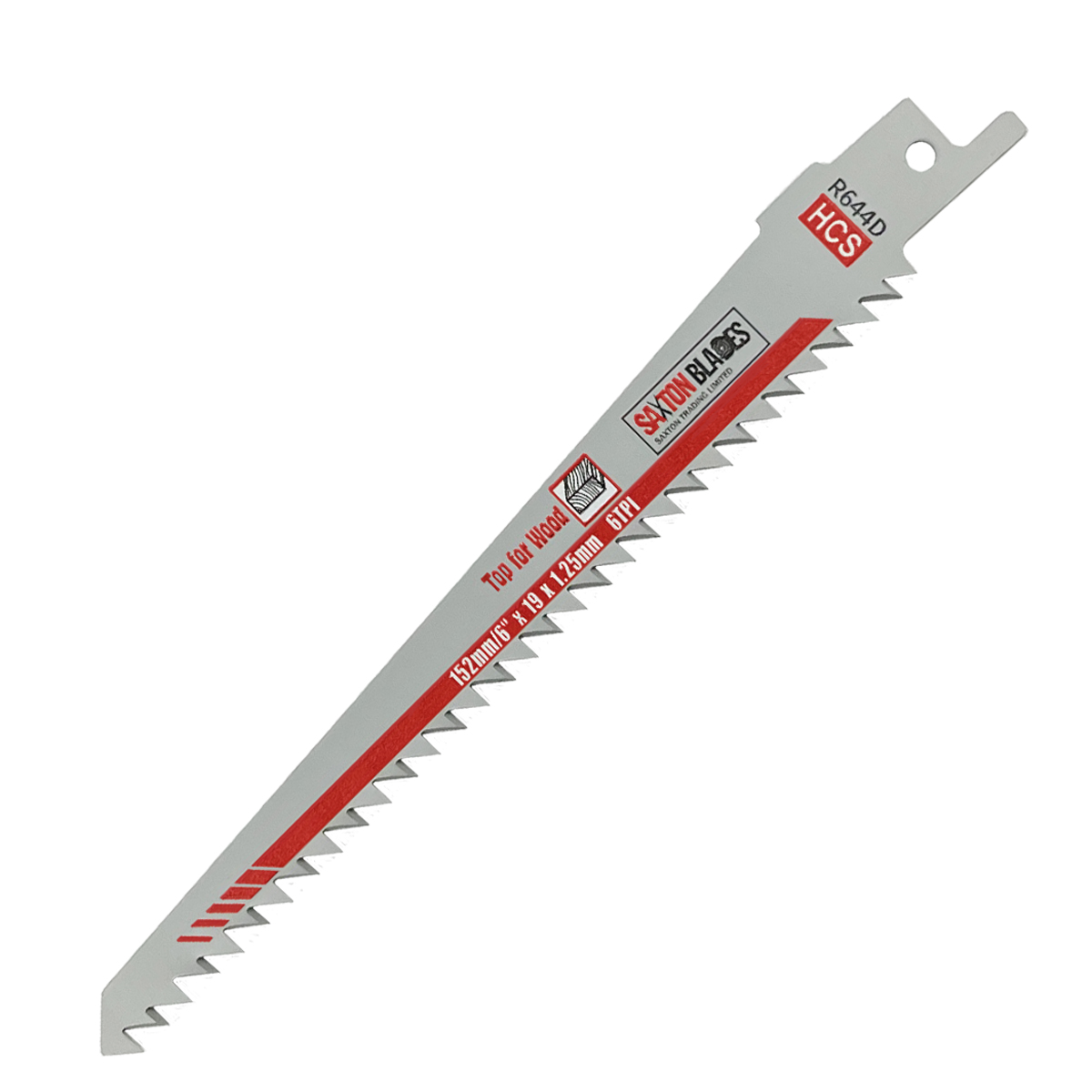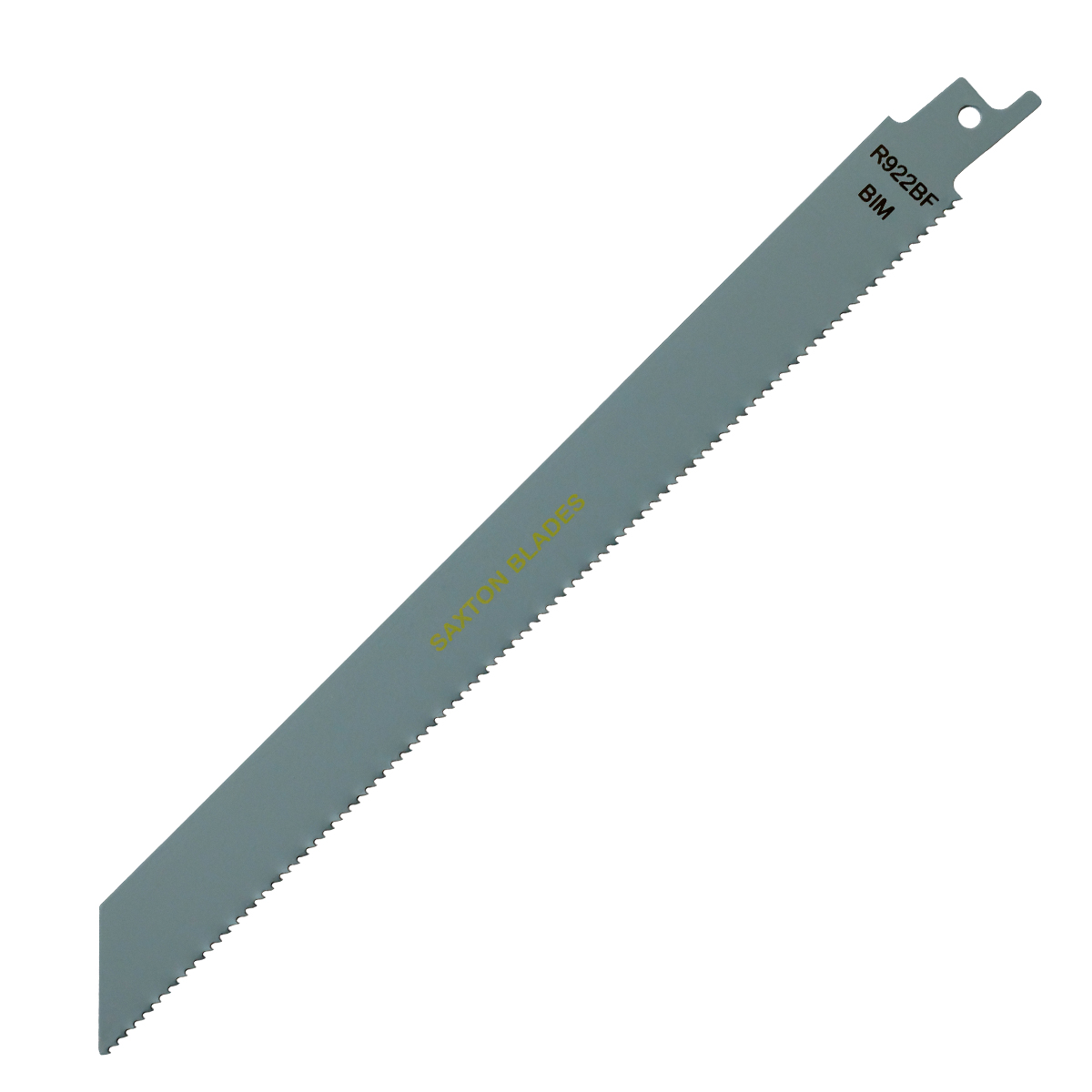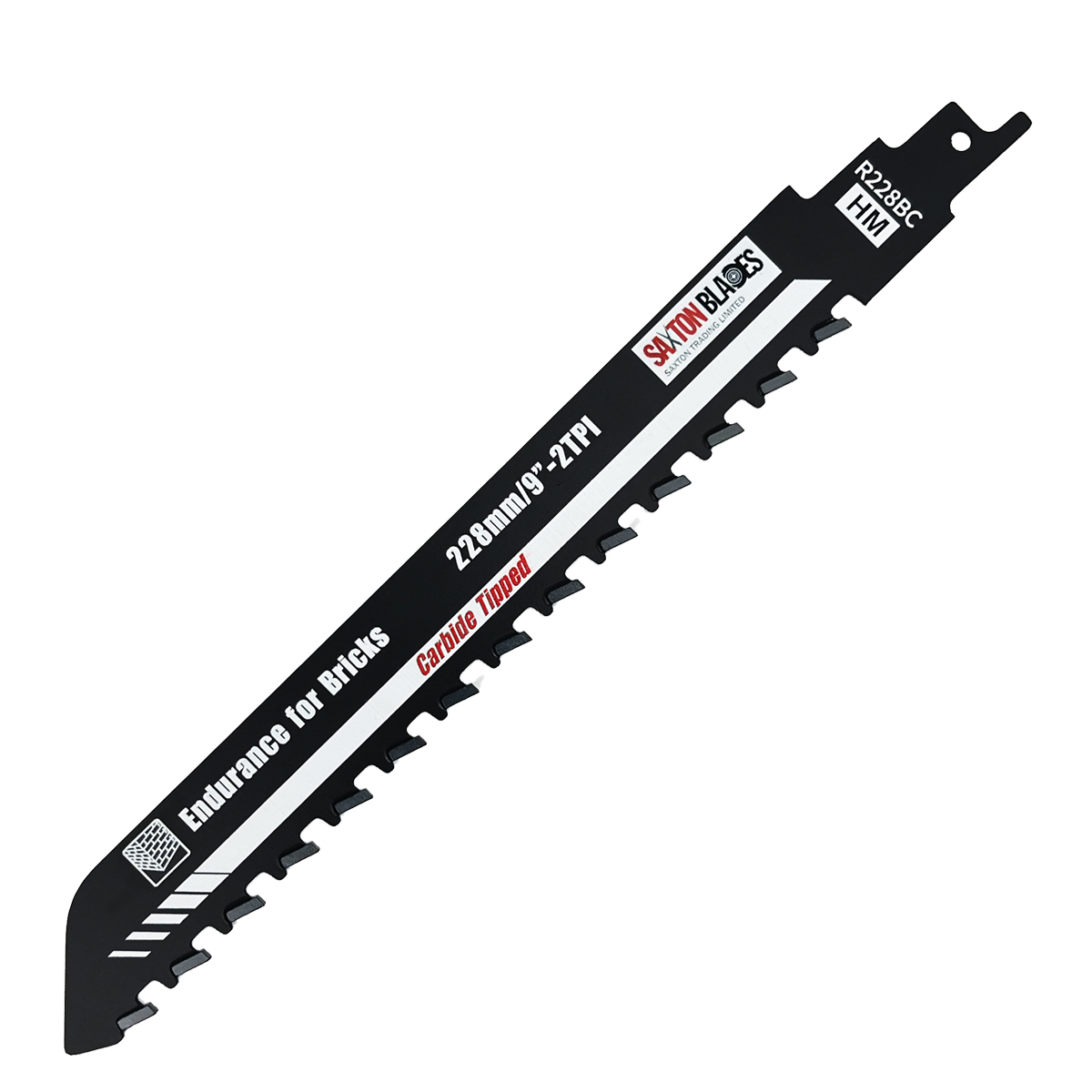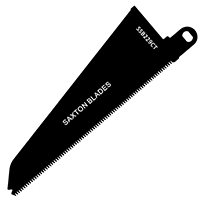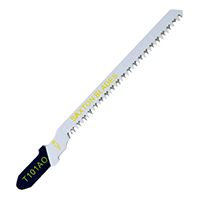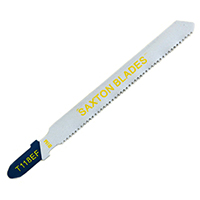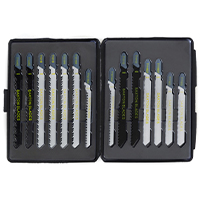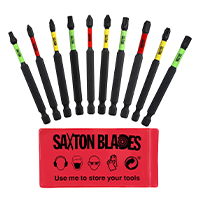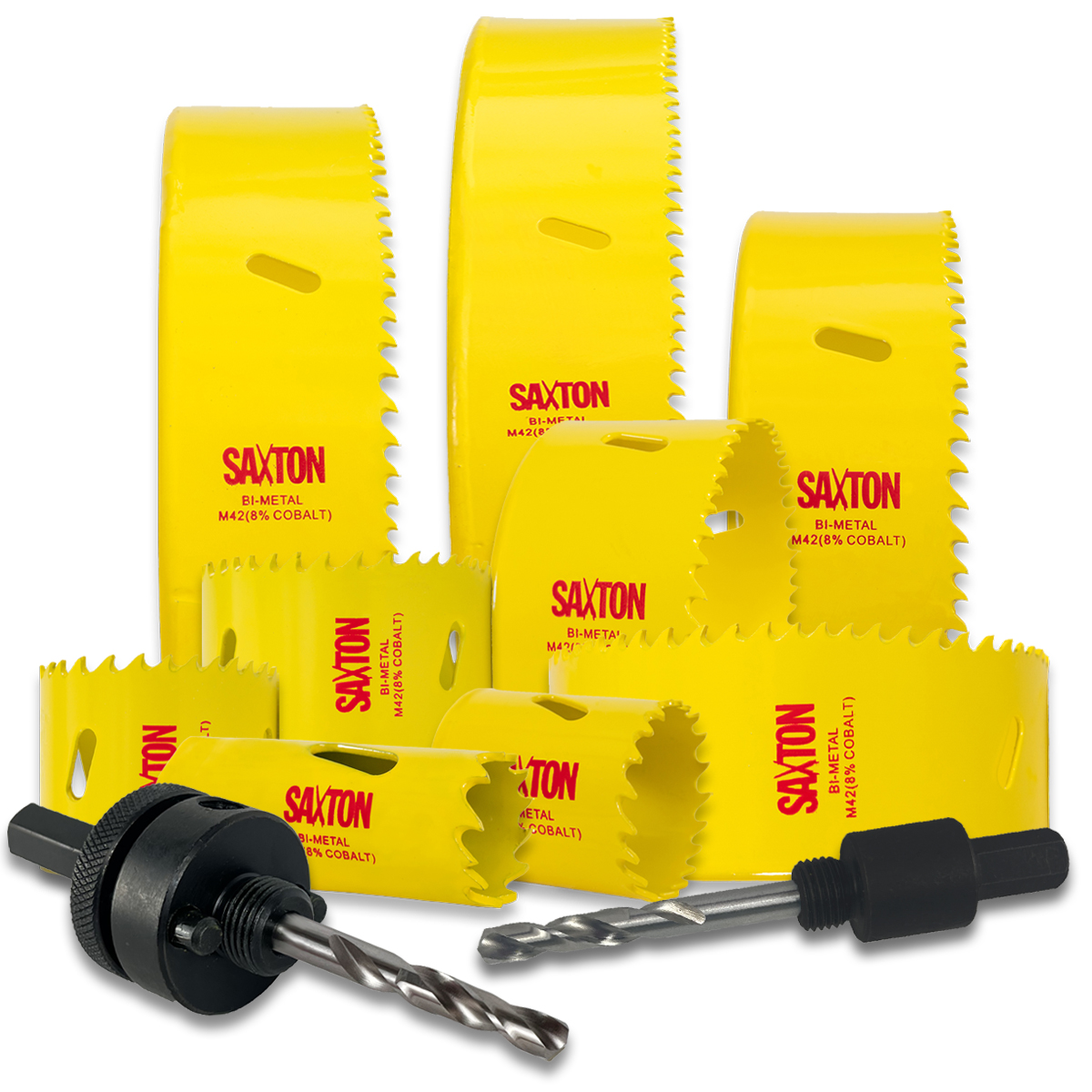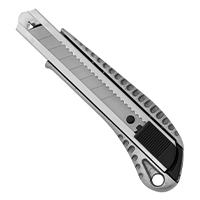Cutting wood may seem straightforward, but for beginners, there are many factors to consider when it comes to the quality and efficiency of your cuts.
Whether you’re a DIY enthusiast or a budding woodworker, understanding how to use the right tools and blades to cut wood can make a world of difference in your projects.
In this guide, we’ll discuss everything you need to know, from different types of cuts to a variety of blades for each wood type and top tips to get you cutting wood like a pro.
Understanding The Different Types of Wood
Before you start cutting, let’s go back to the very basics and look at different types of wood you can use in DIY, as this will impact the type of saw blade you need.
Softwood Vs Hardwood
Softwoods (like pine or cedar) are easier to cut, while hardwoods (such as oak or maple) are denser and tougher to work with. Cutting hardwood often requires more precision and often a different type of saw blade.
Pro tip: For hardwoods and dense materials, we recommend high-tooth-count saw blades that ensure smooth cuts, and minimise chipping and splintering. Take a look at our range of wood blades.
Types of Saw Blades for Woodcutting
There are several types of saw blades you can use, depending on the tool and the type of cut. Here’s a breakdown
Circular saws are great for fast, straight cuts. When cutting wood, the tooth count and blade size will determine how clear or rough the cut will be.
Jigsaws are perfect for cutting curves and intricate designs into wood. Choose a fine-tooth jigsaw blade for smoother cuts.
These are best for rough cuts or demolition work, and they’re commonly used in construction settings where precision isn’t necessarily the main focus.
Saxton Blades is one of the leading suppliers of quality blades for a variety of different power tools and for a variety of different projects. With over 11,000 five-star reviews, take a look at the products our happy customers have purchased today!
Types of Cuts & Woodcutting Techniques
Understanding the different types of cuts is essential in achieving a clean, professional finish. Here are the most common types of cuts you’ll make in woodworking:
Crosscuts
Crosscuts allow you to cut across the grain of wood and are commonly used to shorten the length of a piece of wood. To make this cut, you’ll want a fine-tooth saw blade to avoid any tear-out and splintering. Circular saws and mitre saws are commonly used for cross-cutting.
Rip Cuts
A rip cut is made along the grain of the wood, typically to split any larger boards into smaller sections. Since a rip cut is often longer, using a saw blade with fewer teeth will speed up the cut. Circular saws work best for rip cuts.
Miter Cuts
Mitre cuts are angled cuts made across the width of the wood, making it a perfect cut for framing or moulding. A mitre saw is the best tool for this type of cut. We offer a range of mitre saw-compatible blades for you to choose from.
Bevel Cuts
A bevel cut is an angled cut made along the edge of the wood, often used for creating joints or decorative edges. For bevel cuts, you’ll need a saw that can tilt, a compound mitre saw or circular saw works best for this.
Compound Mitre Cuts
This cut is a combination of both a mitre and bevel cut. This is often used in complex joinery or projects that require precise, angle fits. Compound mitre saws are the go-to tools for these cuts, and using a high quality, fine tooth blade will give you the best results!
Choosing the Right Saw Blade for The Job
Now that we have a full understanding of some of the more technical aspects, it’s time to choose the right saw blade for your project! This is the crucial point to make sure you get the correct, precise cut that offers a clean finish. Here’s what to consider when looking for the best saw blade for cutting wood:
Tooth count
Blades with fewer teeth will cut faster but rougher, making them ideal for rip cuts, Blades with more teeth cut slower but cleaner, which is best for crosscuts or finishing cuts.
Blade Diameter
Make sure the blade size matches your saw, whether it’s a circular saw, reciprocating saw or any other power tool
Material Compatability
Some blades are designed for softwood, hardwood, plywood, laminate and more. It’s important to choose a blade that matches the wood you’re working with.
For beginners, we recommend our circular saw blades, which are versatile enough to handle most projects and deliver clean, accurate cuts.
Essential Tools and Equipment for Cutting Wood
Along with the right blade, you’ll ned the right tools and protective gear to the get the jon done safelft and efficiently
Saws
A circular saw is ideal for most DIY and beginner projects, but if you’re working on larger pieces of wood, or need to make engled cuts,a miter saw will be your best option.
Safety Gear
Always wear safety goggles, ear protection and gloves when cutting wood. Safety is just as important as precision in woodworking.
Common Mistakes to Avoid When Cutting Wood
When you’re just starting out, its easy to make mistakes. With all the information we have given you in this article, here are the three main things that you should take into account before starting your project
✔ Use the correct blade
Always match your blade to the type of wood and cut your desire. Using a blade with the wrong tooth count, wrong size or even material compatibility can lead to poor results
✔ Never force the cut!
Power tools are exceptionally strong and should never need force to create the desired finish. Simply let the blade do all the work, as applying too much pressure can result in rough edges or a broken blade
✔ Safety is key
Never skip safety equipment! Always make sure to keep yourself protected as a small oversight can lead to serious injuries.
Cutting wood doesn’t have to be complicated, with the right tools and knowledge you can create easy, clean cuts in a variety of different types of wood, for a variety of different projects.
Ready to start your next project? Check out our wide range of saw blades and become a woodcutting pro!

